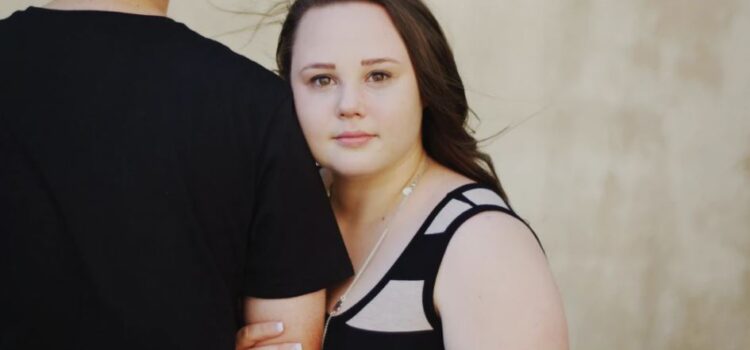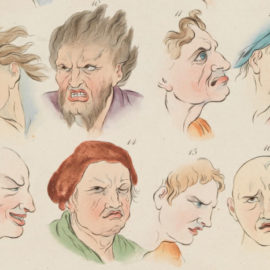

This article is an excerpt from the Shortform book guide to "Attached" by Amir Levine and Rachel Heller. Shortform has the world's best summaries and analyses of books you should be reading.
Like this article? Sign up for a free trial here .
What attachment style are you? Are you secure, anxious, or avoidant?
There are three relationship attachment styles, secure, anxious, and avoidant. If you understand your own style, then you can improve how you interact with your partner.
Continue below for the “what is my attachment style” quiz.
What Is My Attachment Style?
The three attachment styles are secure, anxious, and avoidant. Once you know which attachment style is yours, you’ll have a better understanding of the way you interact in romantic relationships.
If you’re wondering, “what is my attachment style,” consider which of the styles described below best fits you:
Key Features of the Secure Attachment Style
- You’re naturally loving and warm.
- You enjoy intimacy and closeness.
- You don’t worry much about your relationships—you take the ups and downs in stride.
- You can easily communicate with your partner about your desires and needs.
- You’re able to anticipate your partner’s desires and needs, and you enjoy responding to them.
- You enjoy sharing life’s successes and failures with your partner.
Key Features of the Anxious Attachment Style
- You love intimacy and closeness.
- Relationships are a big part of your life and take up a lot of your emotional energy.
- You often fear that your partner doesn’t love being close as much as you do.
- You’re extremely sensitive to changes in your partner’s moods or behaviors.
- You’re hesitant to say anything that your partner might find disagreeable.
Key Features of the Avoidant Attachment Style
- You prefer independence and autonomy over intimacy and closeness.
- You tend to keep people at arm’s length.
- You don’t worry about your relationships; rejection doesn’t bother you much.
- You don’t usually talk to your partner about your feelings.
- You’re concerned about your partner interfering in your life too much or stepping on your territory.
Another Way to Self-Test for Attachment Styles
Attachment styles are determined by two different elements: first, your tendency to move toward or away from intimacy and closeness; and second, your level of concern about your partner’s attentiveness.
You probably have a secure attachment style if these points are generally true for you:
- You enjoy intimacy and closeness with your partner.
- You don’t feel insecure about your relationship or your partner’s feelings for you.
You probably have an anxious attachment style if these points are generally true for you:
- You crave intimacy and closeness with your partner.
- You often feel insecure about your partner’s feelings toward you or what the future holds for your relationship.
- You tend to get annoyed or upset at little things your partner does or doesn’t do.
You probably have an avoidant attachment style if these points are generally true for you:
- You value your independence more highly than a relationship.
- You feel uncomfortable when your partner wants too much closeness.
- You never worry about your partner’s commitment level.
Gender Stereotypes Don’t Apply
Many of us equate the avoidant attachment style with men and the anxious attachment style with women, but these stereotypes aren’t valid. Both men and women possess all three attachment styles.
The Fourth Category: Combined Anxious-Avoidant
About 5 percent of people fall into a fourth category of attachment, which is a combination of anxious and avoidant. If you’re in this category, intimacy and closeness make you uncomfortable, and at the same time, you feel insecure about your partner’s commitment and his or her feelings toward you. People with a combined anxious-avoidant attachment style can benefit from learning about both styles.

———End of Preview———
Like what you just read? Read the rest of the world's best book summary and analysis of Amir Levine and Rachel Heller's "Attached" at Shortform .
Here's what you'll find in our full Attached summary :
- Why your partner behaves the way they do
- How your attachment style affects your relationship
- How to distance yourself from unhealthy relationships






